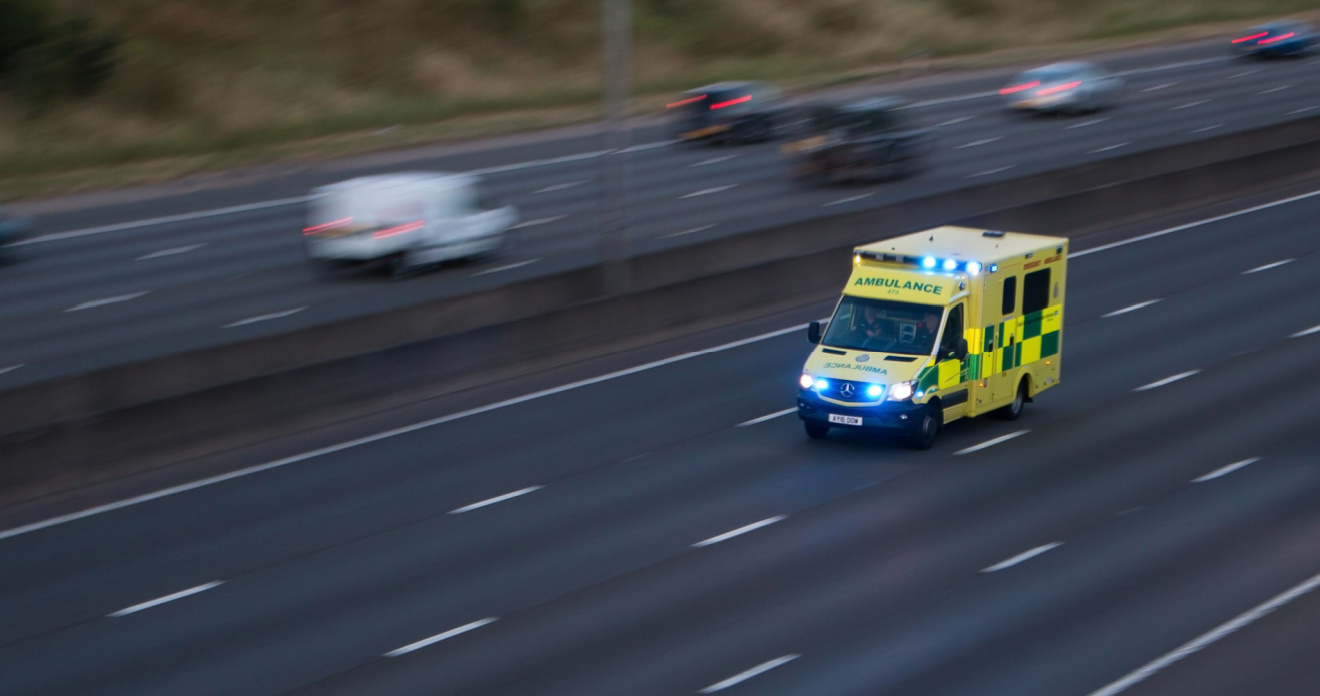What happens when someone dies in a work-related accident?

There are several key issues to consider when considering whether a death was caused by a work-related accident. These would include the way in which the work was organised, how it was carried out (or supervised) and the condition of the site or premises where it happened. In addition, consideration should be given to the type of machinery, plant or equipment being used for work at the time of the accident that resulted in death.
When a death occurs at work, specific agencies may become involved in the investigation into the death. These may include the police, the Health and Safety Executive, and a report made to the coroner. The employer will also carry out its own internal investigation.
The purpose of the cumulative investigations is to ultimately discover what has happened, whether there has been a criminal offence committed, and what recommendations may need to be made for changes or improvements to reduce the risk of it happening again (or avoid it entirely).
Reporting a death to the HSE.
If there is a work-related death, then the employer must report it to the Health and Safety Executive (‘HSE’). This is a mandatory requirement where a death occurs to workers or non- workers in a work-related accident.
A worker could be an employee on a construction site falling from scaffold or a factory worker struck by a moving vehicle. Non-workers would include members of the public, e.g. those walking through a field of cattle and being killed by them.
The report is made using a standard reporting process under the Reporting of Injuries, Diseases and Dangerous Occurrences Regulations form, more commonly known as a RIDDOR form.
Once a work-related death is reported, the HSE will carry out a mandatory investigation of the accident. This involves a full gathering of evidence and facts, including interviewing witnesses, the employer, scrutiny of documents such as risk assessments and method statements, as well as consideration of the accident book and any previous history of health and safety breaches by that employer.
Their purpose is to determine the cause of the accident, make recommendations and consider breaches of the law. In cases where there has been a serious breach of health and safety, the HSE may prosecute the company, and in the majority of cases fine them. Fines are often over £20,000.
In very serious cases of breach of health and safety rules a more significant fine can be imposed, or the prosecution can lead to imprisonment or disqualification of a company director.
Determining responsibility for a workplace death.
Who is responsible for a workplace death depends on the circumstances that led to a worker’s death.
A full investigation by the HSE will attempt to determine the cause of the accident and why it happened. This investigation will be through and should assist in determining who was at fault for the accident.
Not all accidents are due to the employer’s breach of the law, sometimes they are due to the deceased’s own actions.
Does employers liability insurance cover death?
Yes, employers liability insurance does cover death.
A standard employers liability policy covers an employer in the event of a claim brought for injury or death caused by their work and due to the employers negligence. It is a statutory requirement, and therefore mandatory in the UK for an employer to take out a policy with sufficient cover (save for very few exceptions).
The employer’s liability insurance certificate must be clearly displayed by the employer or made available if required. Employers can face a fine if they do not have insurance or fail to display it correctly.
Employers’ insurers details are kept on the employers liability register and can be identified by carrying out an Employers Liability Tracing Office (ELTO) search.
What happens if a company does not have liability insurance?
A company can be prosecuted for not having the statutory liability insurance.
A right of action against the company for compensation can still be pursued. Provided the company is solvent and has sufficient funds and assets, then a claim can be presented direct to them.
When might someone have a claim as a result of a death in the workplace?
Under the Law Reform (Miscellaneous Provisions) Act 1934 the executors or administrators of the deceased estate may be able to pursue a claim for the losses to the estate such as funeral expenses and other expenses.
In addition, under the Fatal Accidents Act 1976, certain dependants of the deceased may be able to pursue a claim for the loss of financial and services dependency on the deceased as well as in some cases, a statutory bereavement payment of £15,120.
In order to succeed in a claim it must be shown that the employer was negligent and/or in breach of their statutory duty, and that breach resulted in the individual’s death. This may be due to a failure to produce risk assessments or method statements for the task being carried out at the time of the accident, or that the company failed to follow its own risk assessments in place for that task leading to the death in the workplace.
Common other failings include a failure to provide safety equipment for use when working at height, utilising unsafe practices, or a failure to provide sufficient safe routes for vehicles with sufficient warning for the employees. In addition, a lack of compliance with statutory regulations, a lack of sufficient safety equipment, no clear instruction, and a lack of supervision/enforcement of the agreed methods for task can lead to serious injury and death in the workplace.
What evidence should I need for a successful claim?
The HSE investigation and prosecution files provide useful and often contemporaneous evidence, as well as an independent assessment of the accident circumstances.
In addition, the accident book, risk assessment and method statements should be obtained as well as witness statements.
If an inquest is carried out by the coroner, then the evidence presented and coroners verdict will be of relevance.
The most common workplace accidents.
In our experience common accidents involving a fall from height would include falling off a wall or roof of a building, falling through an open unguarded stairwell, falling off scaffolding or machinery.
In addition, objects such as parts of old or failing machinery falling and striking an individual or crushing them.
Reversing vehicles in warehouses such as delivery lorries and forklifts and reversing tractors and other vehicles can also often present a risk of death to an individual.
What are the three most common work-related accidents in the UK?
In the UK in 2023/24 138 fatal work-related accidents were reported.
The most common workplace fatal accidents occur in the construction industry, accounting for just over one third of workplace deaths in 2023/24. The majority of accidents were due to falls from height, being struck by a moving object or vehicle, trapped by something collapsing or overturning or being in contact with moving machinery.
Deaths in Agriculture, forestry and fishing were the next highest sector accounting for work related deaths in 2022/23, but it’s worth noting that at present they have a much higher rate of fatal injuries: 21 times the all industry rate. The majority were individuals crushed or trampled by animals, with other deaths due to falls from height, being struck by a moving vehicle or object such as bales or trees, as well as coming into contact with machinery during operation or maintenance.
Manufacturing is the next sector reporting most accidents in 2022/23 being due to being struck by a moving or falling object, coming into contact with moving machinery and falls from height.
Whilst the majority of fatal accidents occur to those aged 16-59, it is now the case that one third of fatalities are happening to those over 60.
If you’ve lost someone close to you through a workplace accident, we can help you determine whether you have a claim.
Call now









